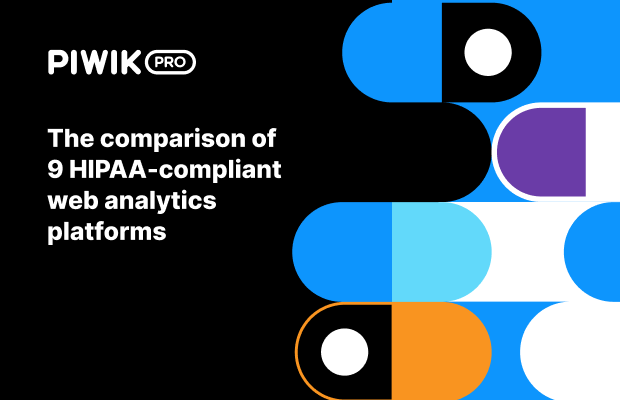Demand-side platforms (DSP) allow advertisers to buy search, video, and mobile ads from a marketplace where publishers list their inventory. Advertisers can use these platforms to manage accounts across multiple real-time bidding networks, such as Facebook Ads Manager and Google Ads, instead of logging into each individually.
Because DSPs allow advertisers to buy advertising automatically, they are essential to digital marketing. Instead of manually contacting hundreds of publishers, DSPs help advertisers easily set up and manage campaigns. In this way, user acquisition experts can devote more time to areas that benefit long-term performance, such as segmenting user bases.
A DSP also offers real-time campaign management, which is particularly useful for marketers. Advertisers can easily adjust campaigns from DSPs without waiting until campaigns end.
A demand-side platform is different from a data management platform (DMP). The two are used together to improve overall advertising performance. A DMP aggregates customer data from various third-party and some first-party sources that have been anonymized. Then it analyzes the data and generates audience segments that improve ad targeting.
DMP sounds similar to a customer data platform (CDP), but they are different. DMPs support mainly advertising, while a CDP supports all marketing activities. Also, DMP data is short-term, continually updating as advertising data changes, while a CDP stores customer data long-term to improve the customer lifecycle.
Regarding privacy, CDPs create complete customer profiles and segment your data into audiences using first-party data with some second-party and third-party data. A DMP stores mostly third-party customer data, keyed on anonymous identifiers, like cookie ID (non-PII).
You may also like:
Data management platforms vs customer data platforms – 4 key differences
DSP vs DMP vs DMP-DSP Hybrid: What’s the difference?









